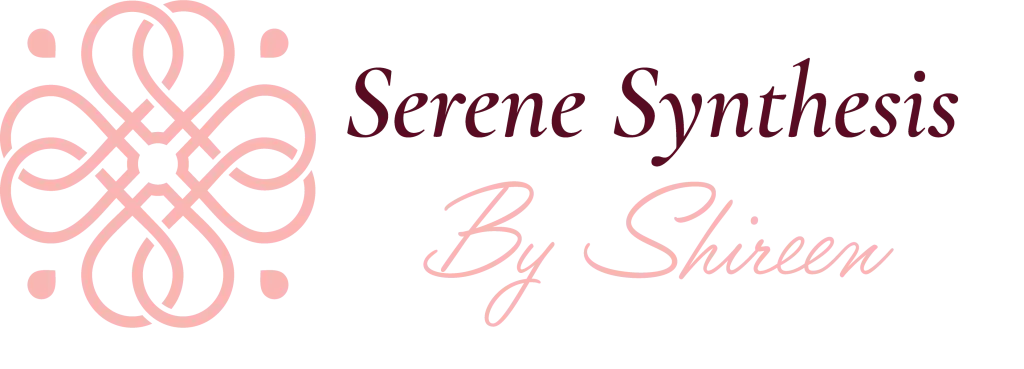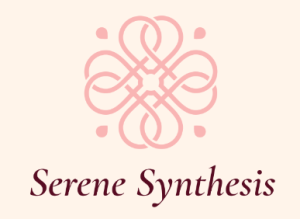The interview is often seen as a transaction: candidate meets company, skills and questions are exchanged, and a decision is made.
But beneath this surface lies a far more complex and subtle interaction — a psychological dance where identities, expectations, and unspoken narratives intertwine.
Understanding this hidden layer can transform interviews from stressful tests into meaningful conversations that reveal potential, fit, and leadership promise.
What’s Really Happening in the Interview Room?
1. Identity Under the Microscope
For candidates, an interview is not just about showing what they can do. It’s about proving who they are — to themselves and to others.
Their self-concept is on trial. Questions trigger internal narratives:
- Am I enough?
- Do I belong here?
- Can I be trusted to lead, contribute, or grow?
For HR or hiring managers, it’s a moment of projecting their organizational identity onto the candidate. They ask subconsciously:
- Will this person uphold our culture?
- Do they align with our values, even the unspoken ones?
- Can I trust them to hold space in our team’s dynamics?
The Cognitive Load of Impression Management
Both parties are engaged in impression management — a mental balancing act of authenticity and strategy.
Candidates craft narratives that resonate but don’t betray vulnerability.
Interviewers listen for signals beneath rehearsed answers — the tone, pauses, confidence cracks, and emotional cues.
This cognitive dance increases stress but also activates deeper intuition and empathy. Successful interviews are often those where both sides allow themselves to feel the conversation beyond the words.
The Role of Mirror Neurons and Emotional Contagion
Modern neuroscience offers fascinating insights into interview dynamics.
Mirror neurons — brain cells that fire both when we act and when we observe others acting — mean that emotions and attitudes literally “catch” in the room.
If the interviewer is anxious, rushed, or distracted, candidates pick up on it — often subconsciously — which may impair their performance.
Conversely, an interviewer who embodies calm curiosity and openness can ease tension, inviting authenticity and genuine connection.
Moving Beyond Questions: The Interview as a Shared Exploration
Instead of a one-sided interrogation, what if interviews became co-created experiences?
Candidates could be encouraged to narrate their story authentically, exploring not just what they’ve done, but who they’ve become through those experiences.
Interviewers could practice active listening, pausing not just to ask but to understand.
This shifts the dynamic from “pass/fail” to “fit and potential,” opening doors to deeper insights about values, mindset, and growth capacity.
Practical Coaching Insight: Preparing for the Invisible Psychological Layers
For candidates:
- Reflect deeply on your identity and the story you want to tell.
- Notice your emotional responses during interviews — what triggers doubt or confidence?
- Practice presence: slowing down your mind to listen as much as to speak.
For interviewers/HR:
- Become aware of your own emotional state entering interviews.
- Create space for vulnerability — in yourself and candidates.
- Observe not just answers but energy, alignment, and emotional rhythm.
Final Thought: The Interview is More Than a Checklist
It’s a meeting of minds and hearts — a microcosm of potential relationship and impact.
When both sides understand the invisible psychology at play, interviews become less about “getting it right” and more about growing together.


